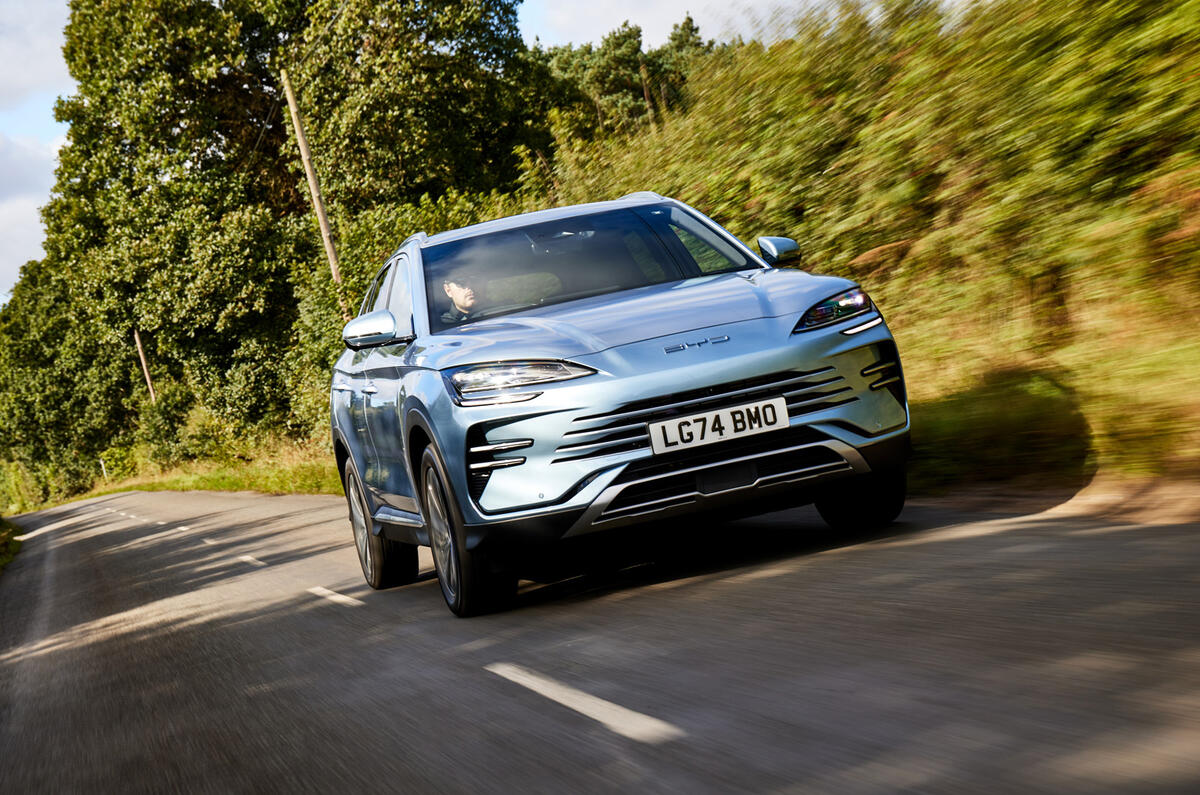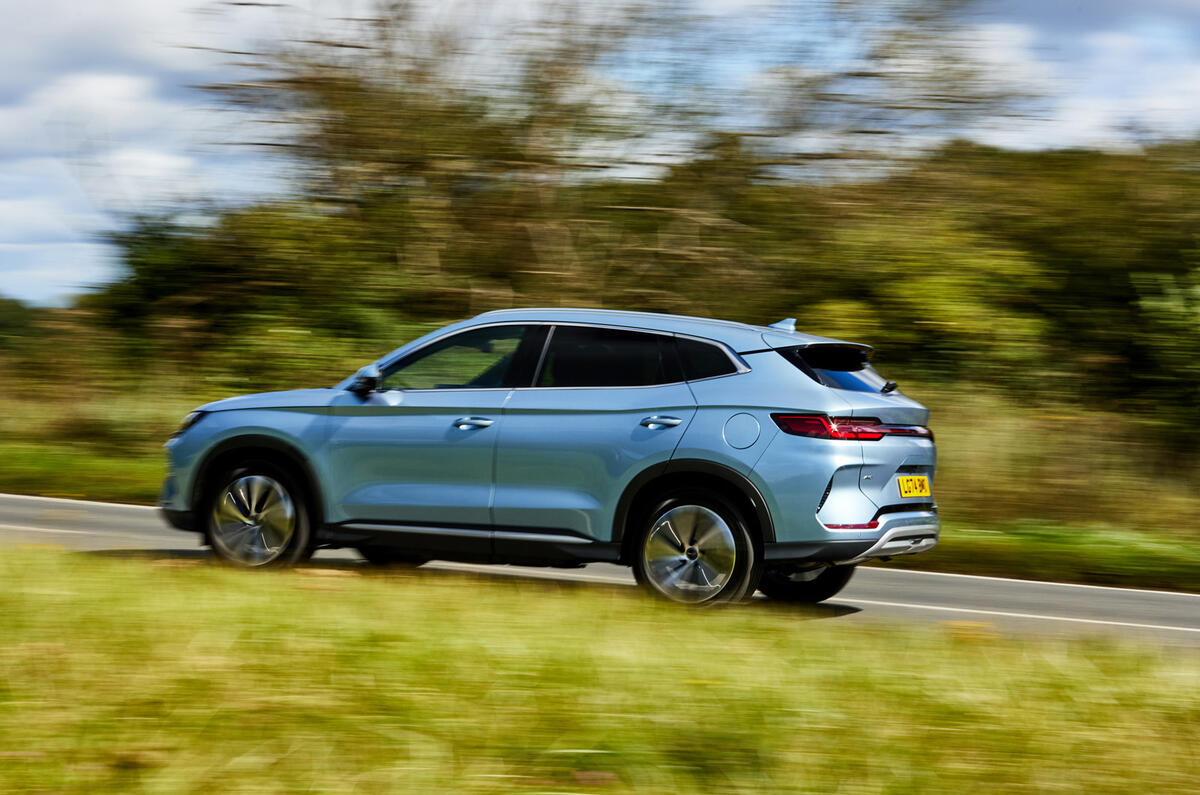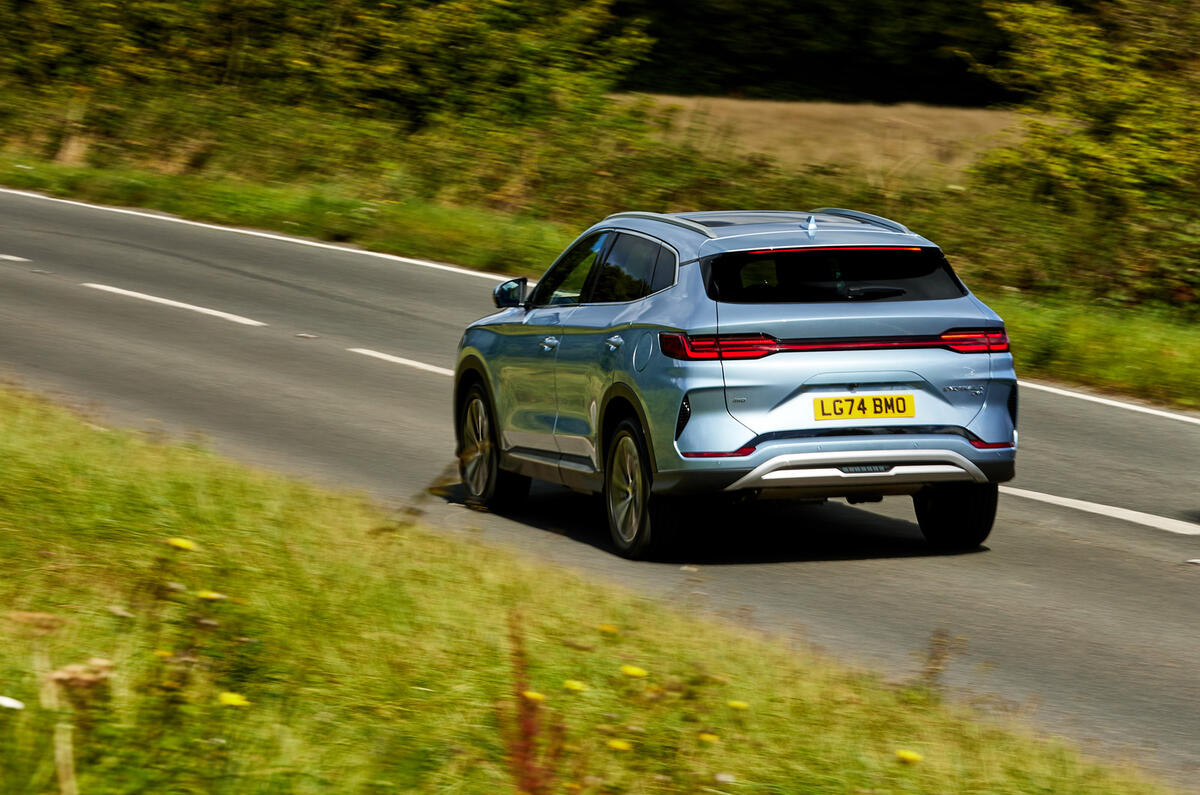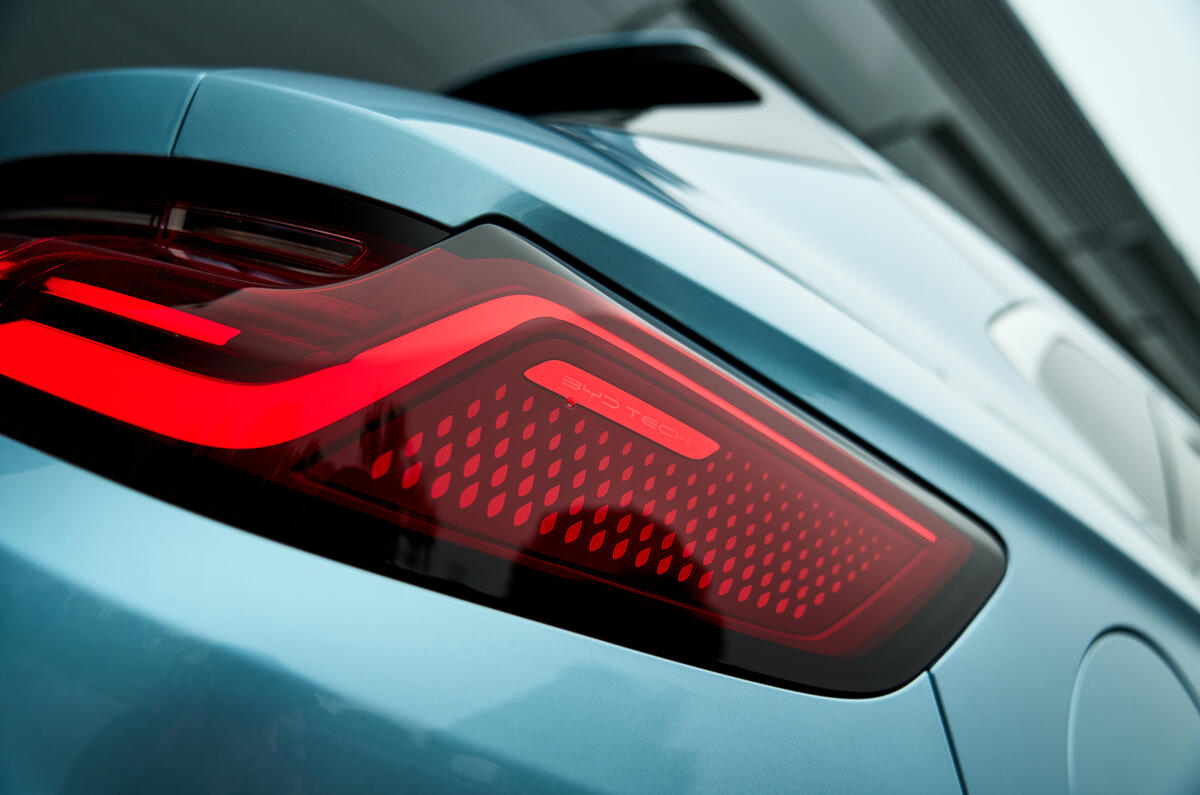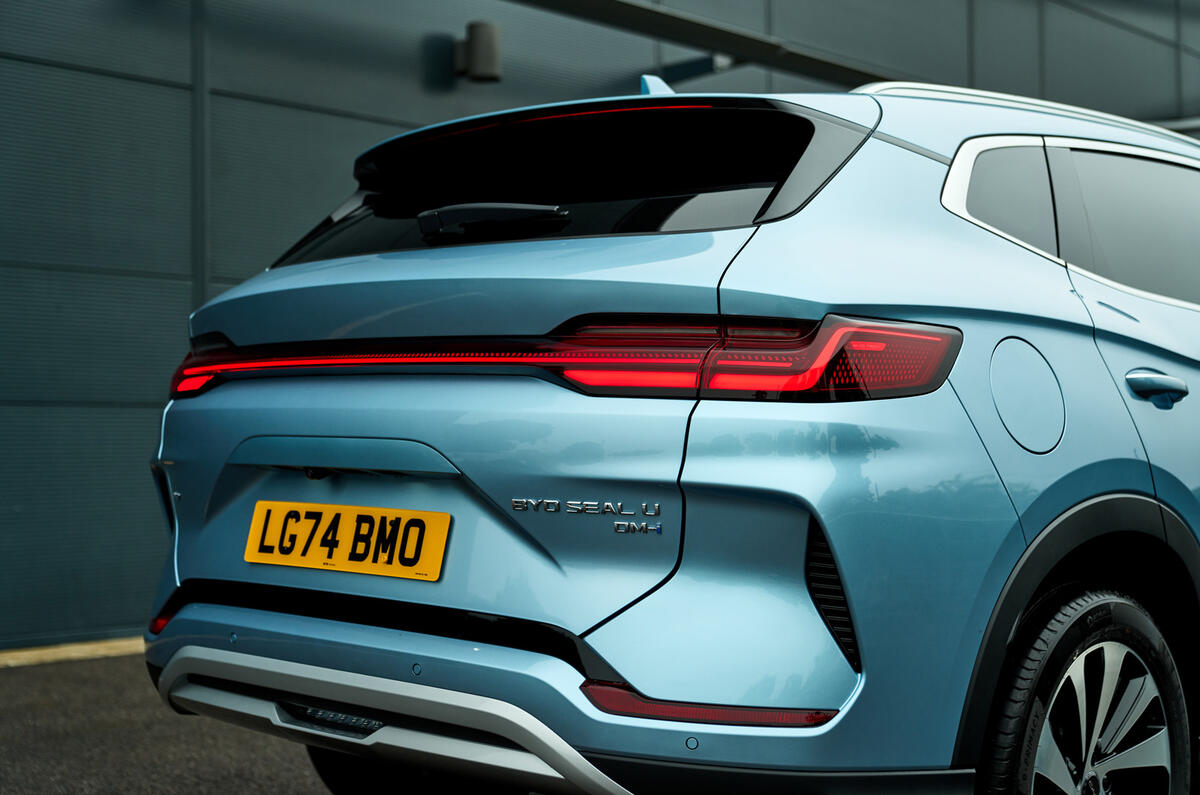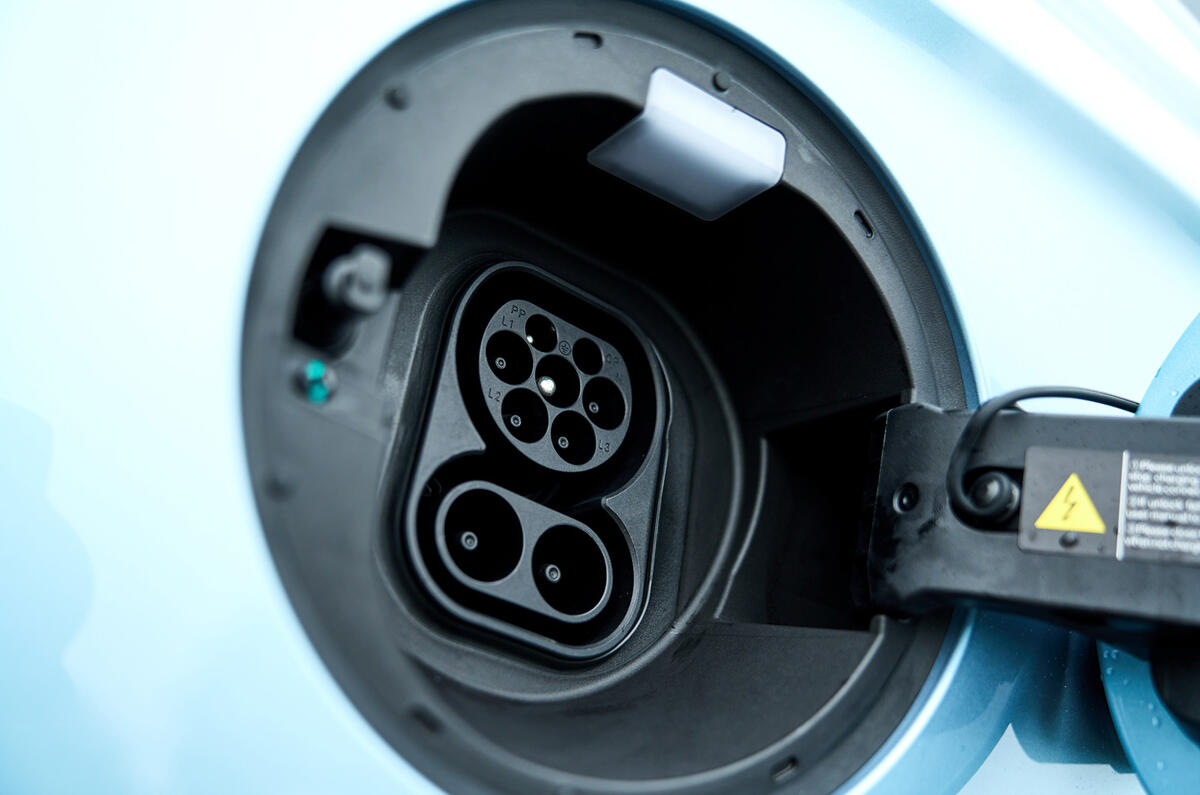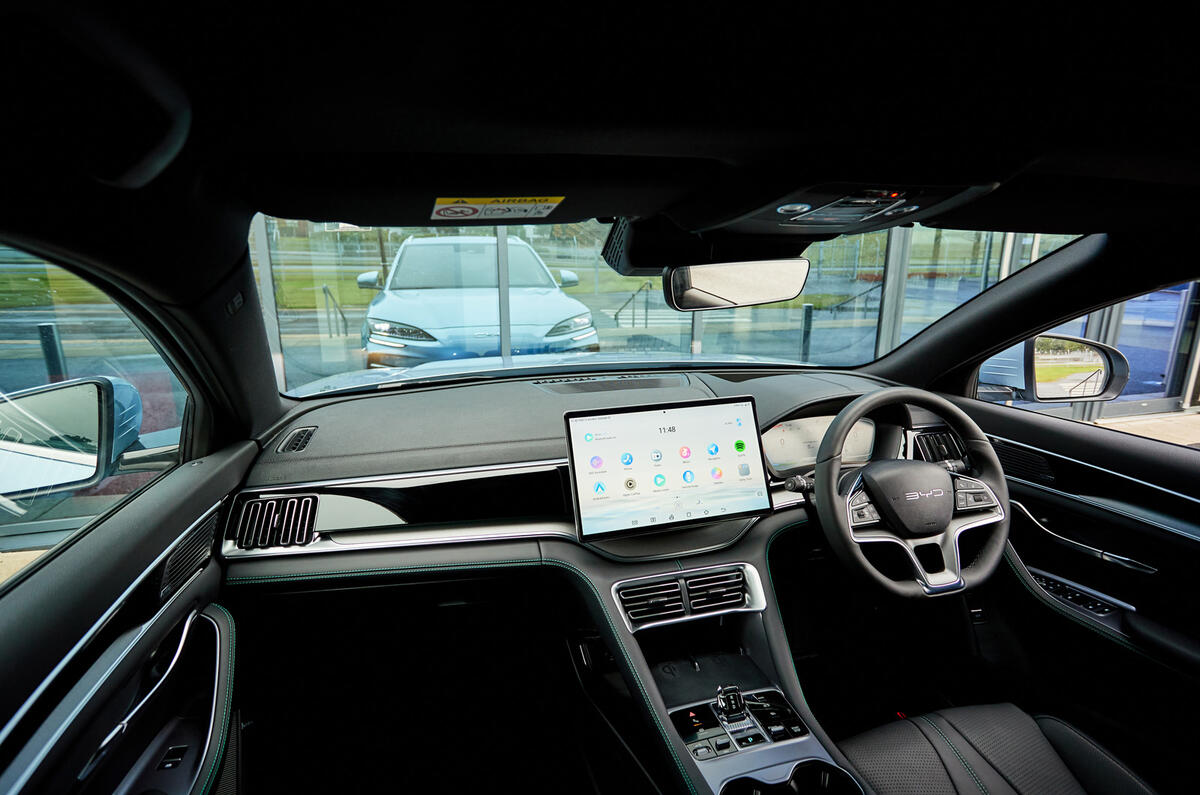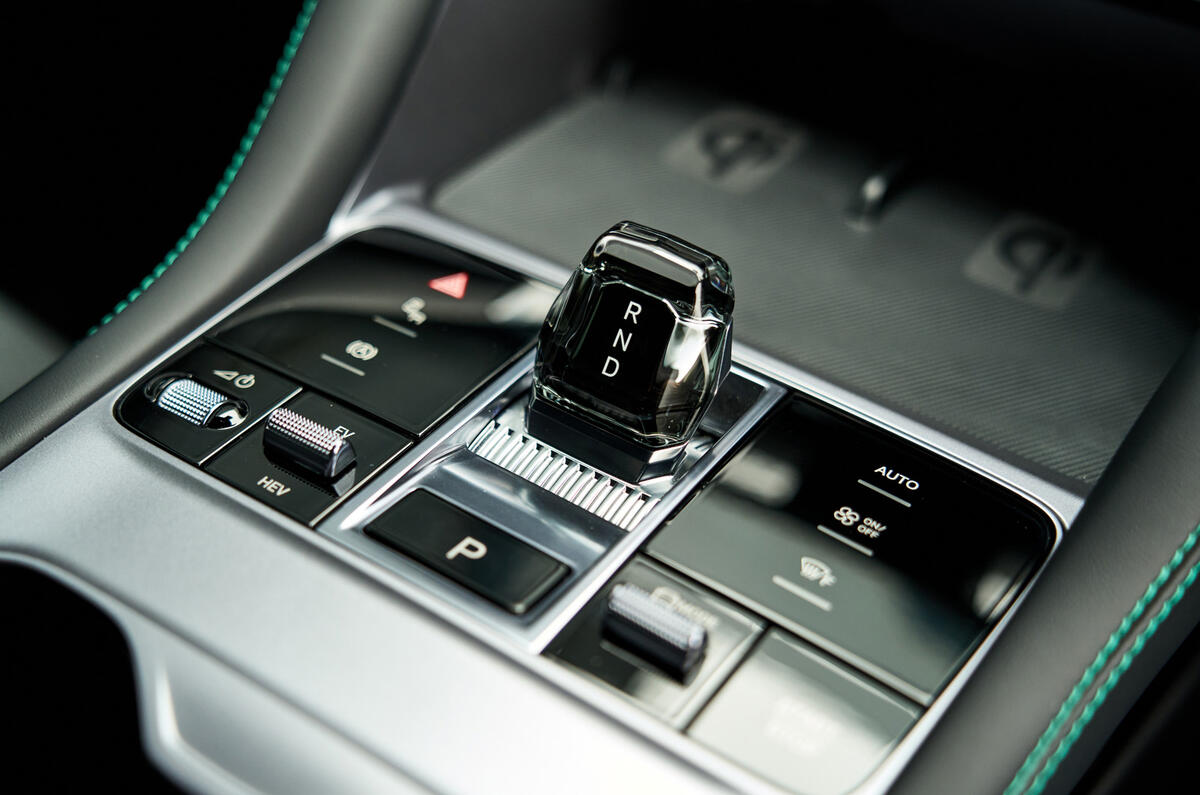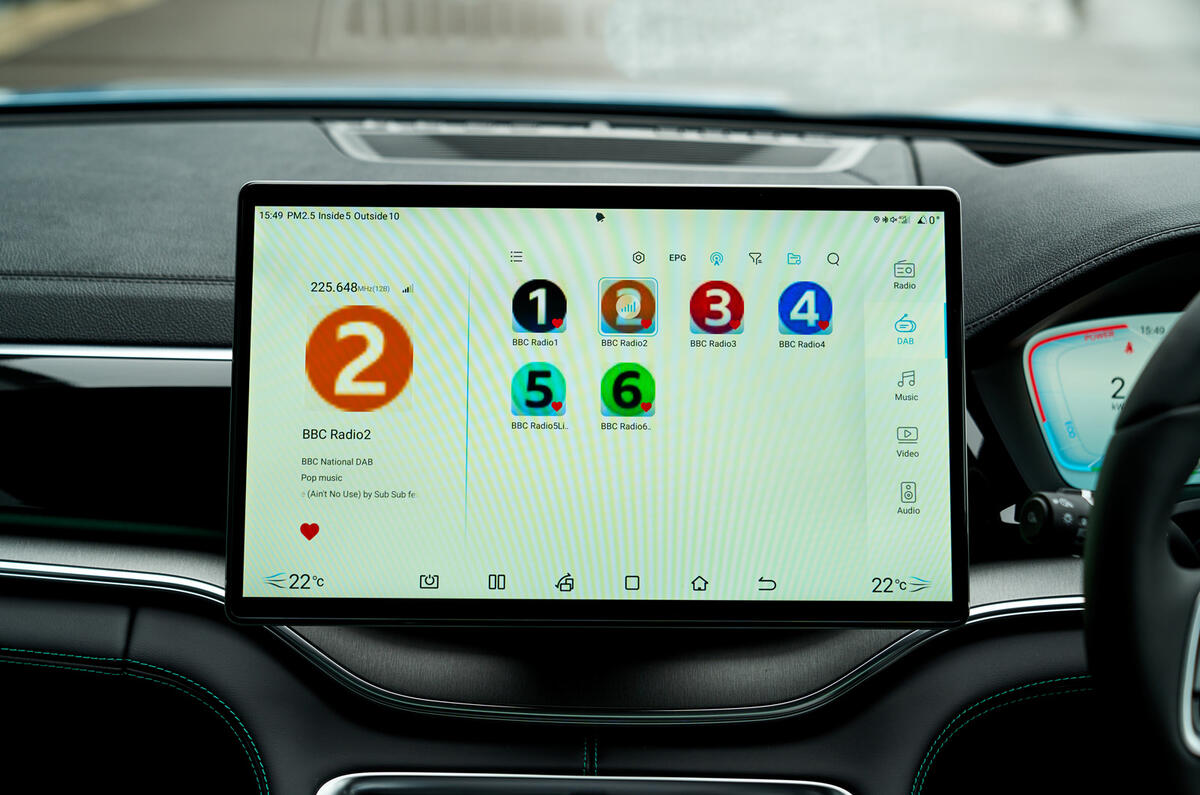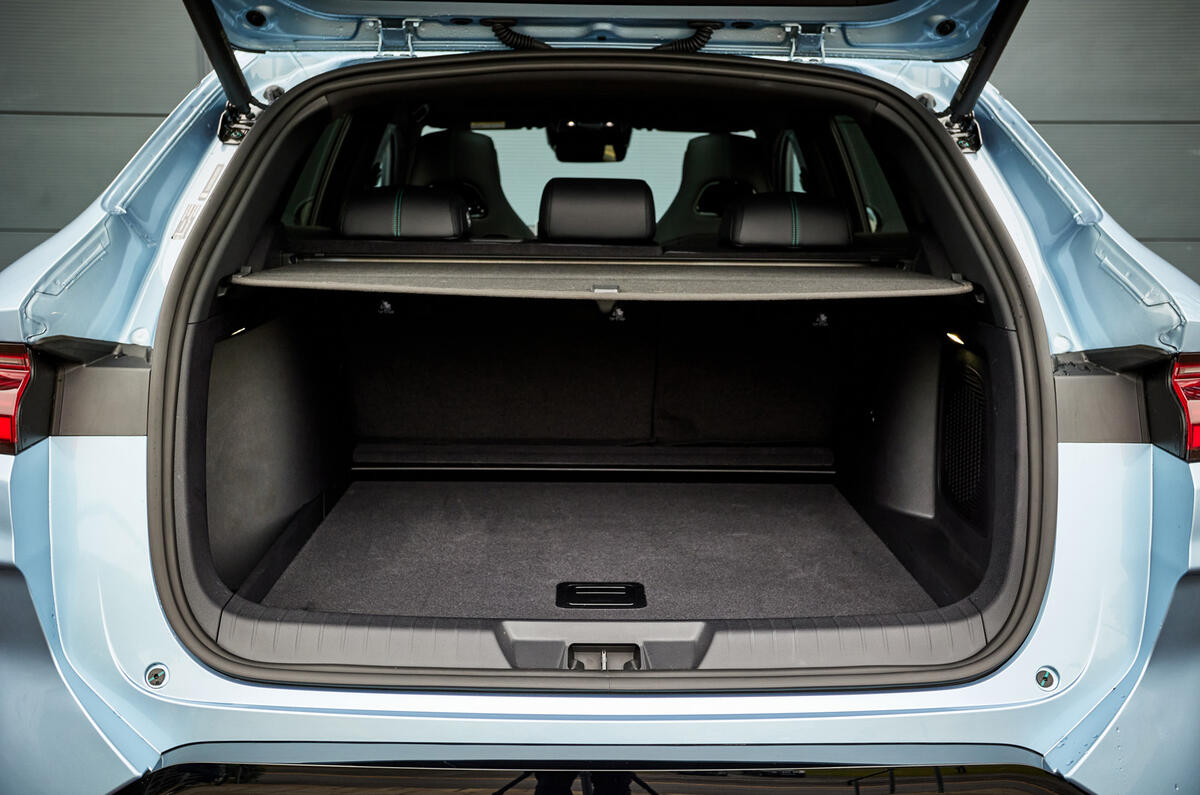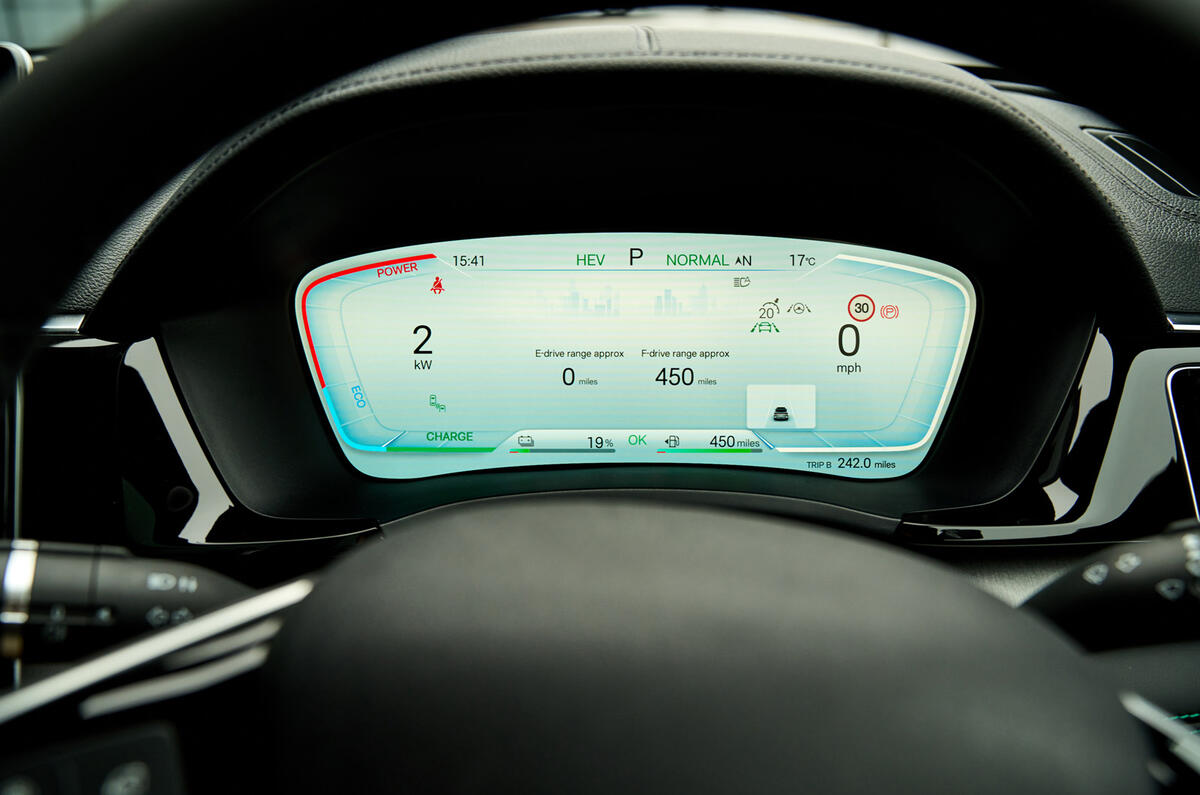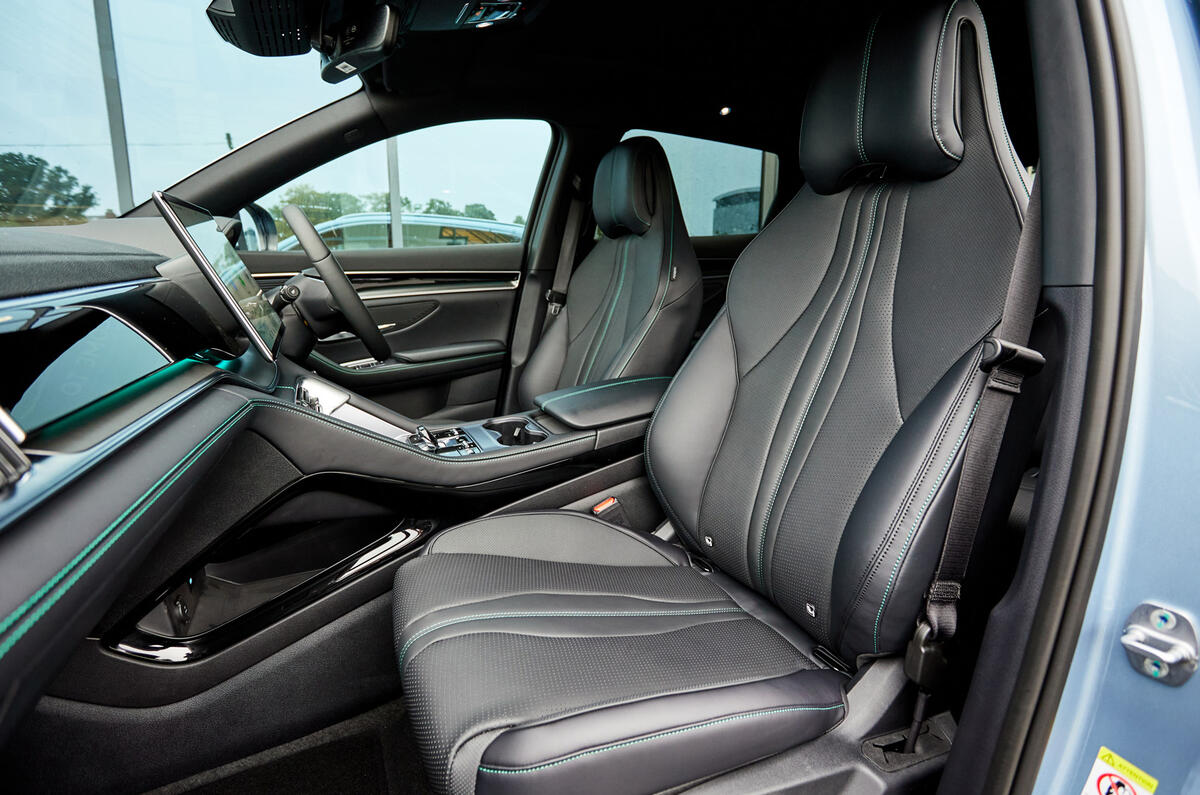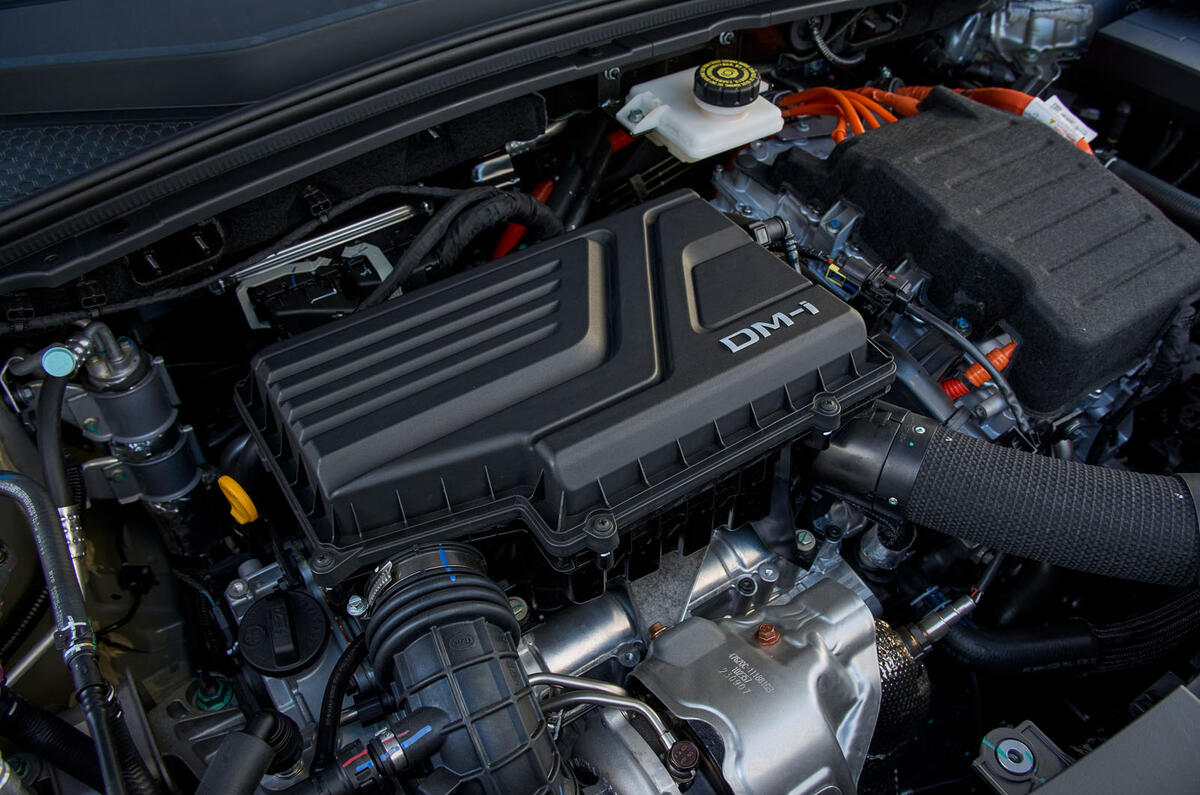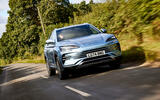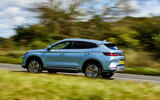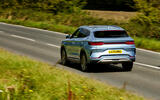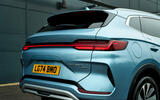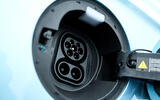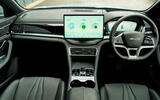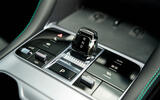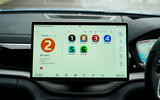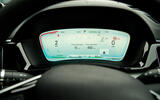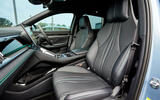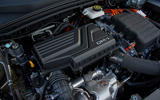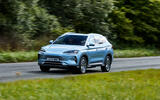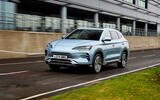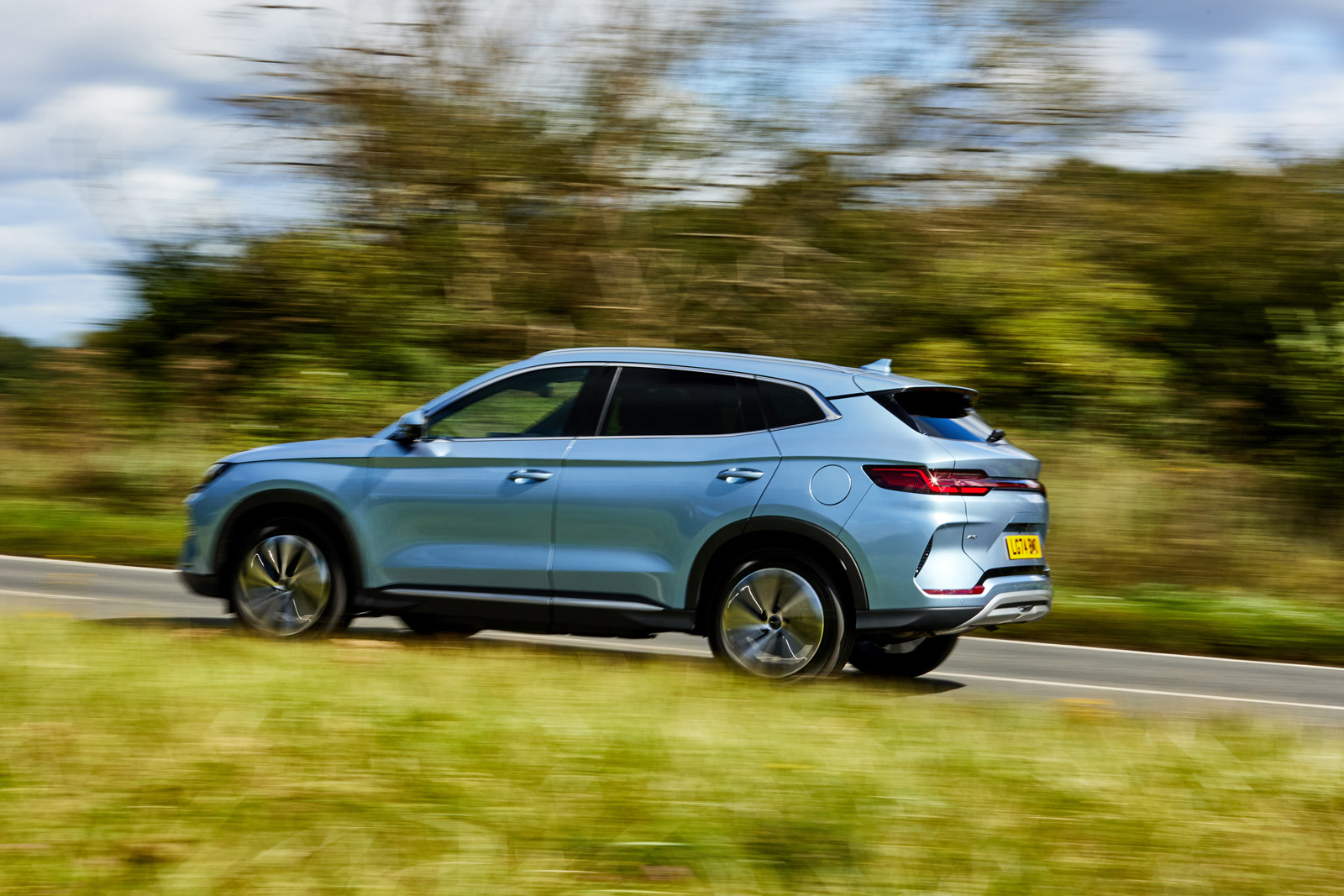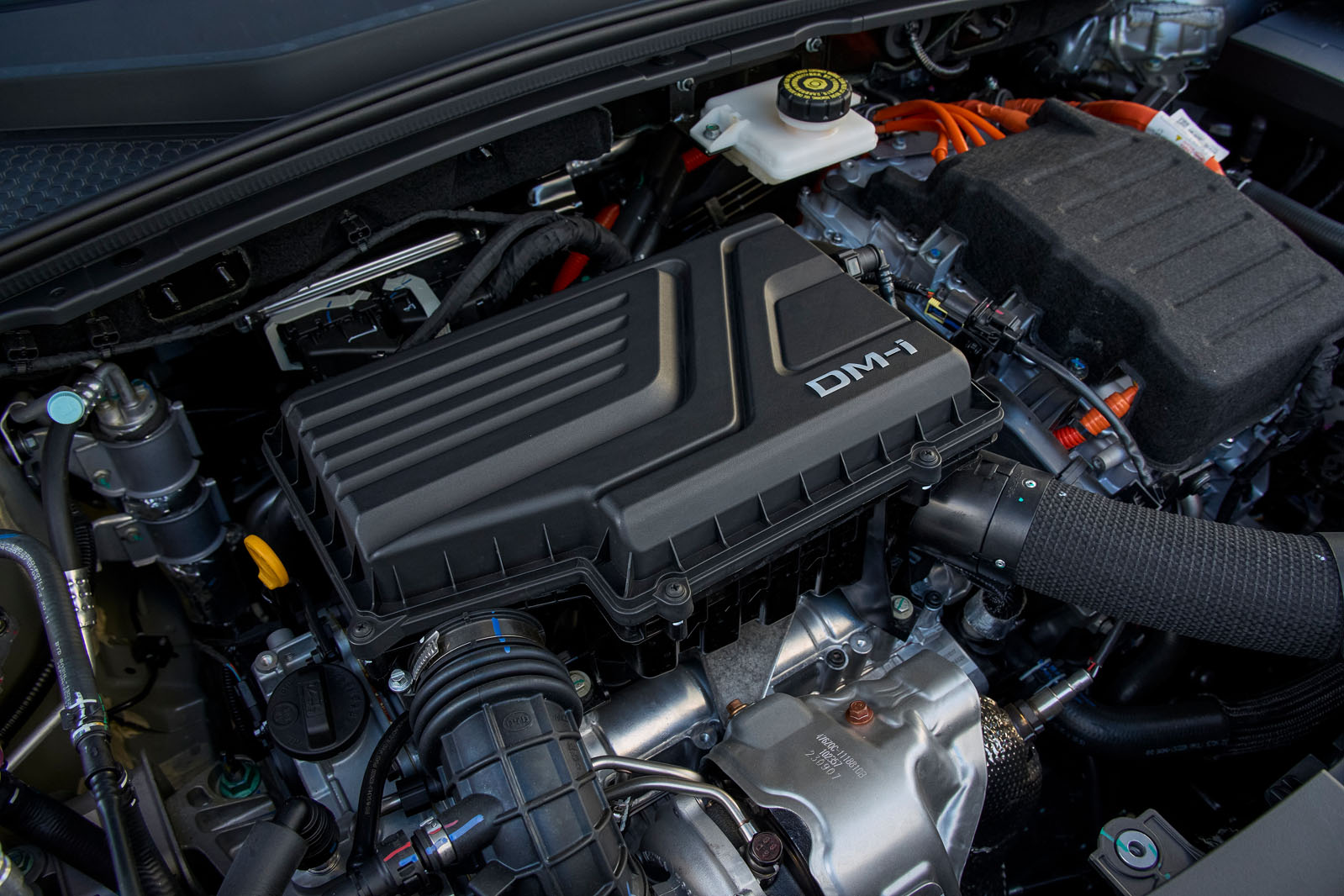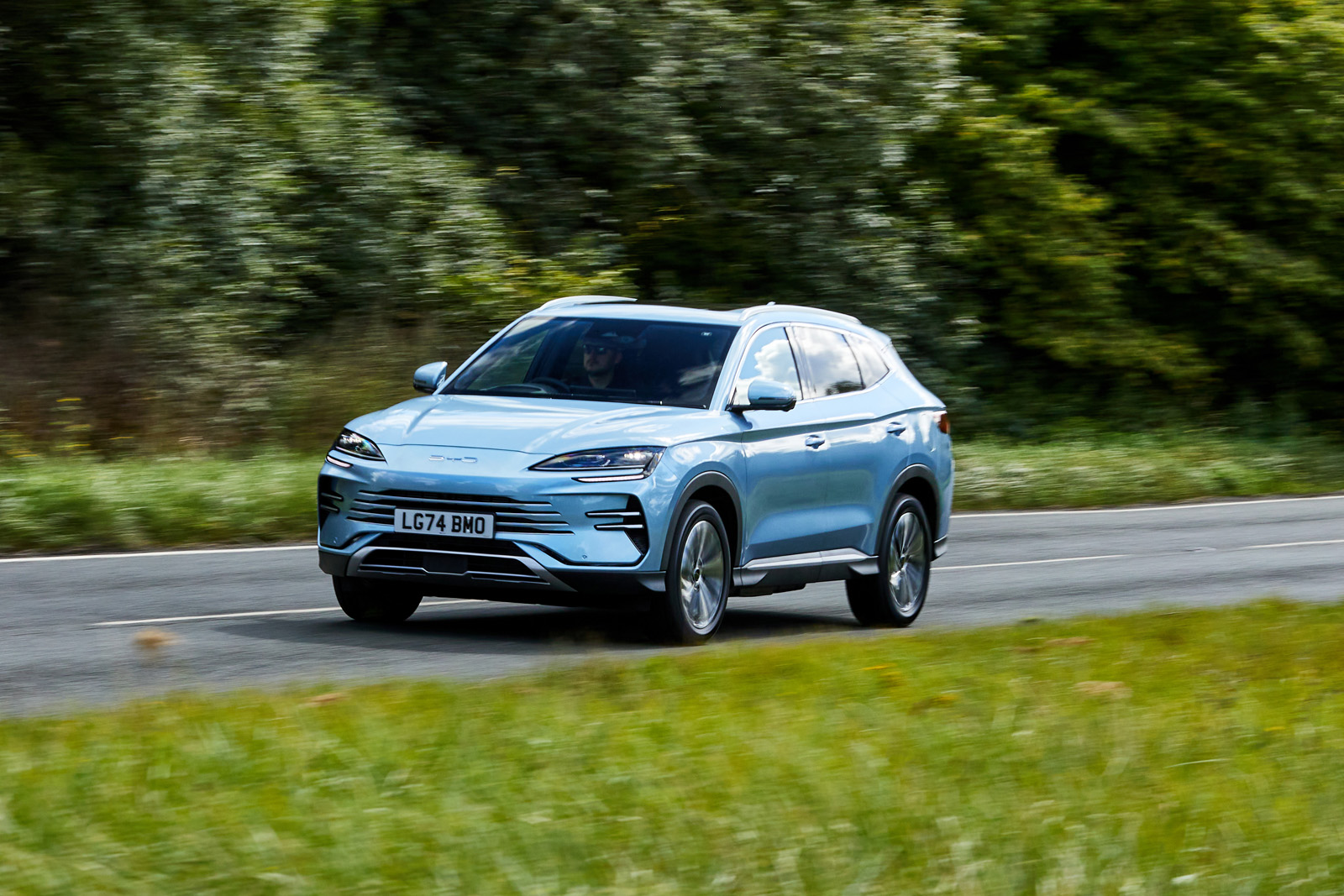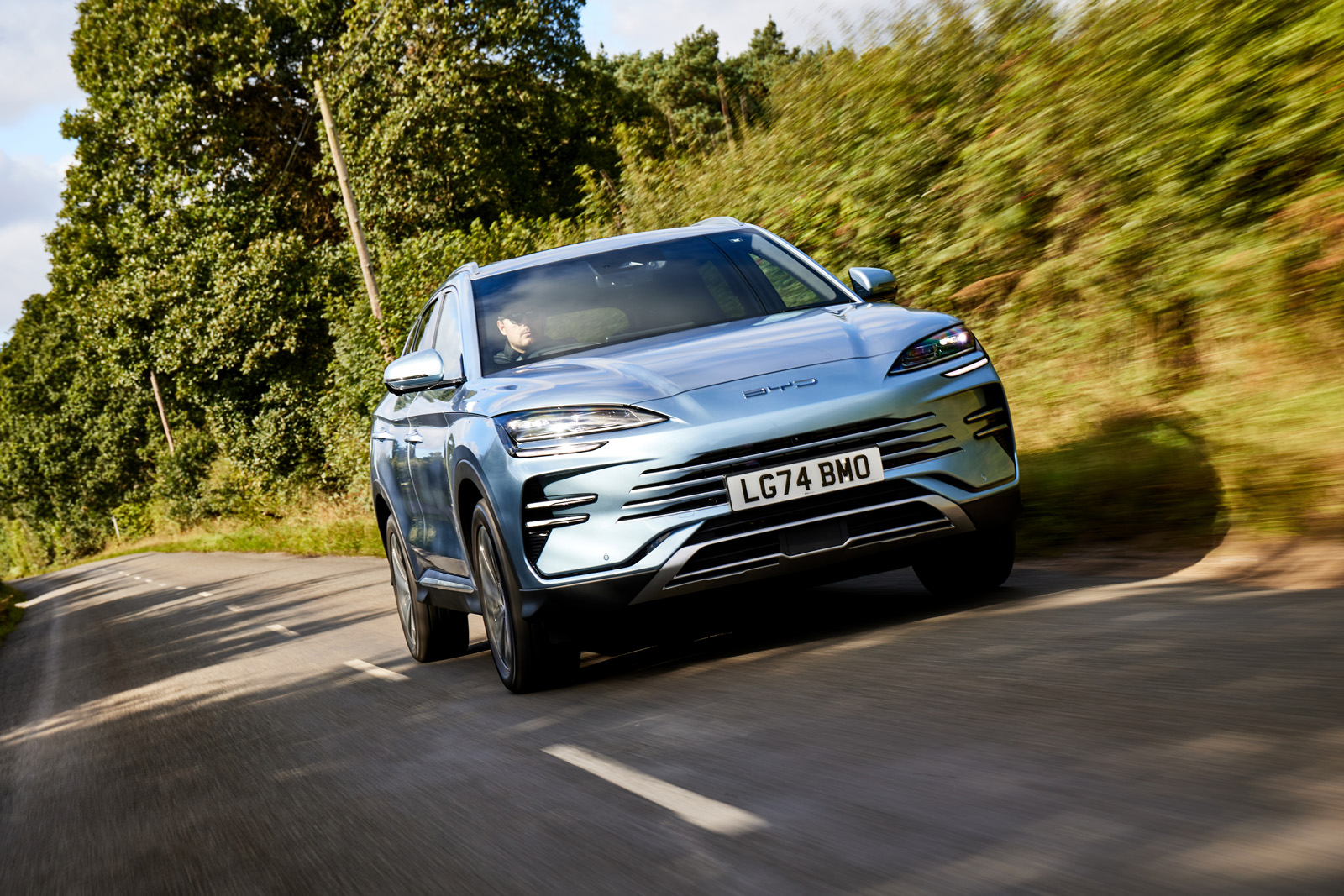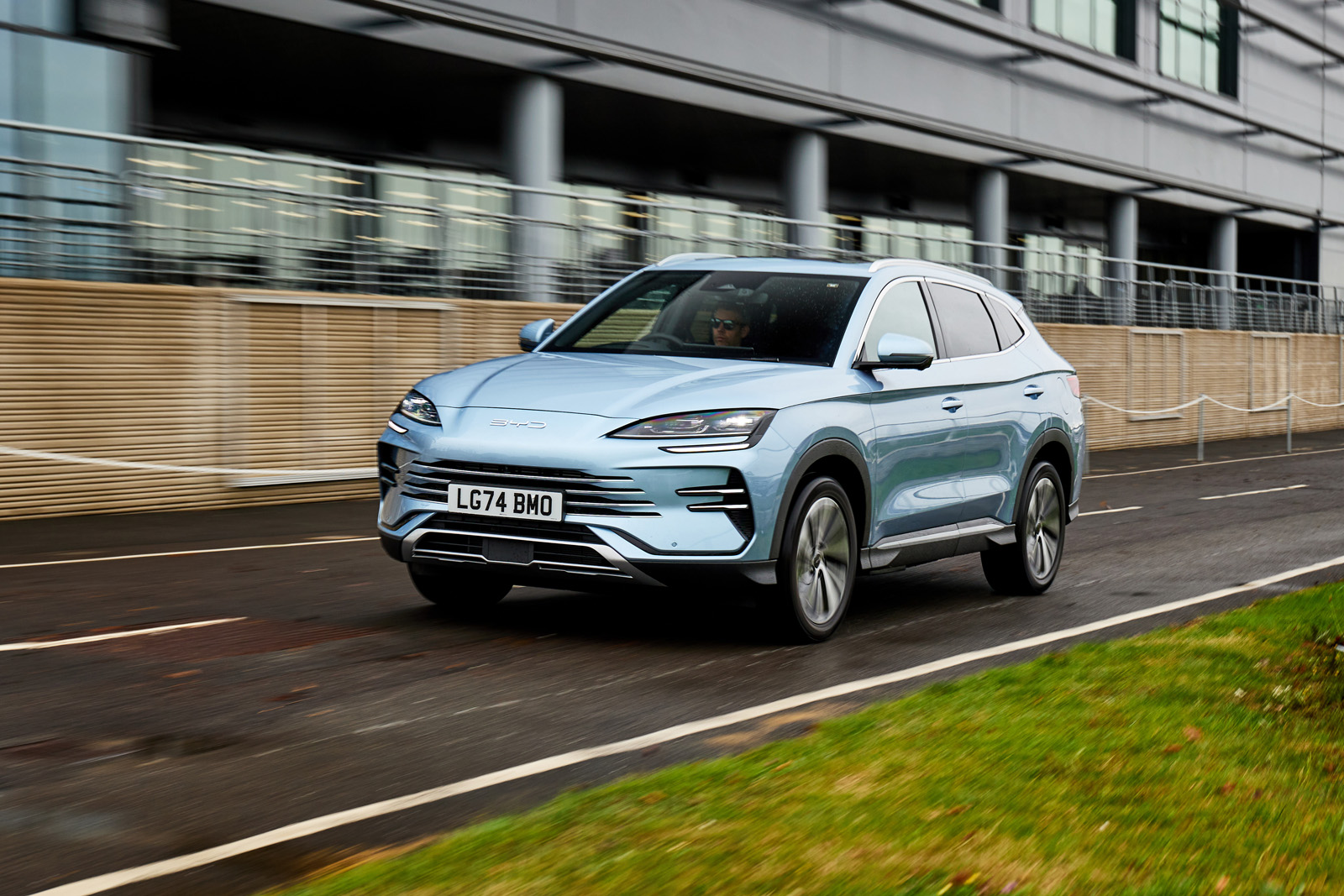After a year of selling EVs in the UK (the Atto 3 crossover, Seal saloon and Dolphin supermini), the Chinese manufacturer is now entering the plug-in hybrid market with the BYD Seal U family SUV.
It's the first of several PHEVs that it will introduce over the next few years, but this isn't new ground for the brand.
Back in 2008, it was the first manufacturer to mass-produce a PHEV. Called the F3DM, it was a bit of a commercial flop. But the game has moved on a great deal since then, and now PHEVs are in the mainstream.
The Seal U is very much aimed at family SUV owners who aren’t quite ready to make the full switch to electric cars just yet. Rivals include PHEV versions of the Volkswagen Tiguan, Kia Sportage and Toyota RAV4, all of which are produced in Europe - can the Seal U convince the public that it's one of the best Chinese options out there?
BYD Seal U DM-i range at a glance
The Seal U faces some stiff competition from the PHEV versions of the Ford Kuga, MG HS and Toyota RAV, and it has a big claim to live up to: BYD says it’s the most economical car in the class.
All Seal U DM-i models are plug-in hybrid, with single- and dual-motor options, ranging from 215bhp to 319bhp. Each version uses a smart single-speed transmission.



